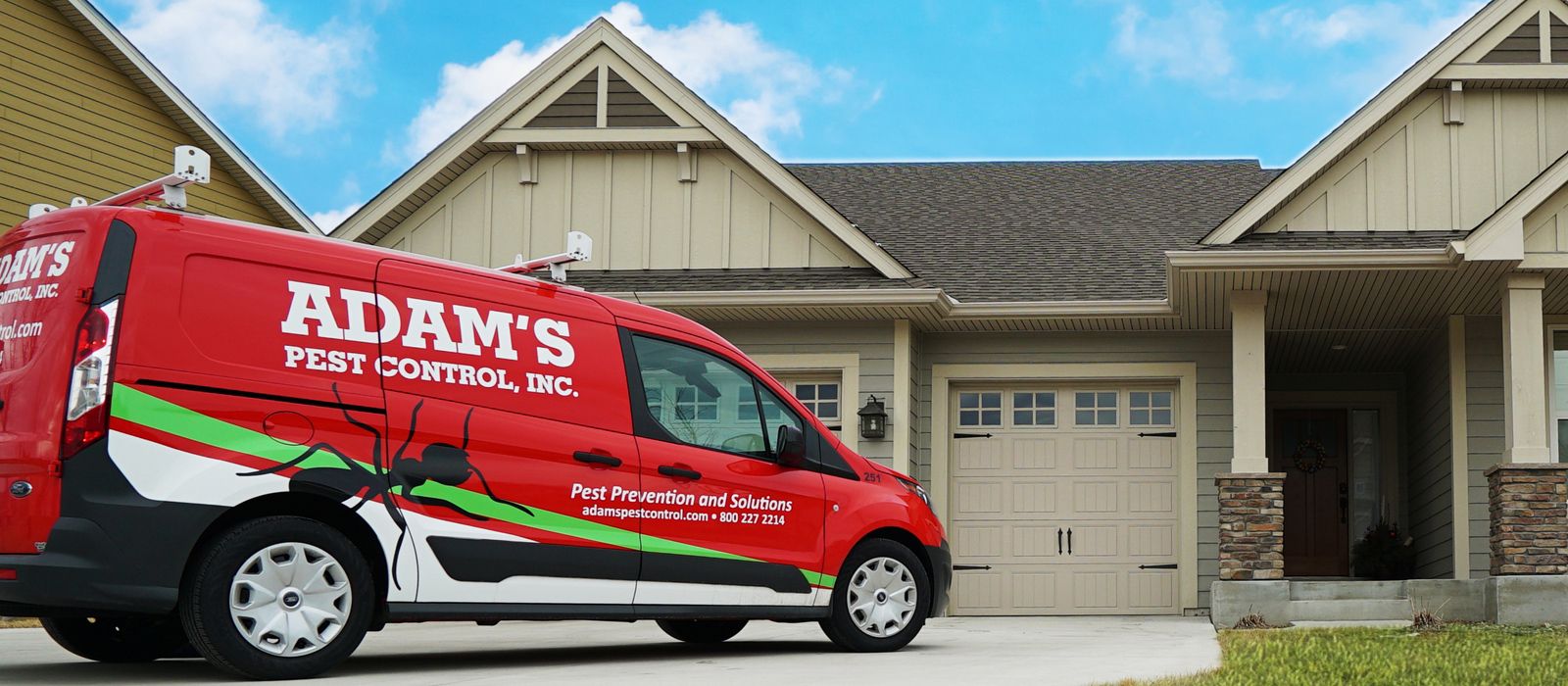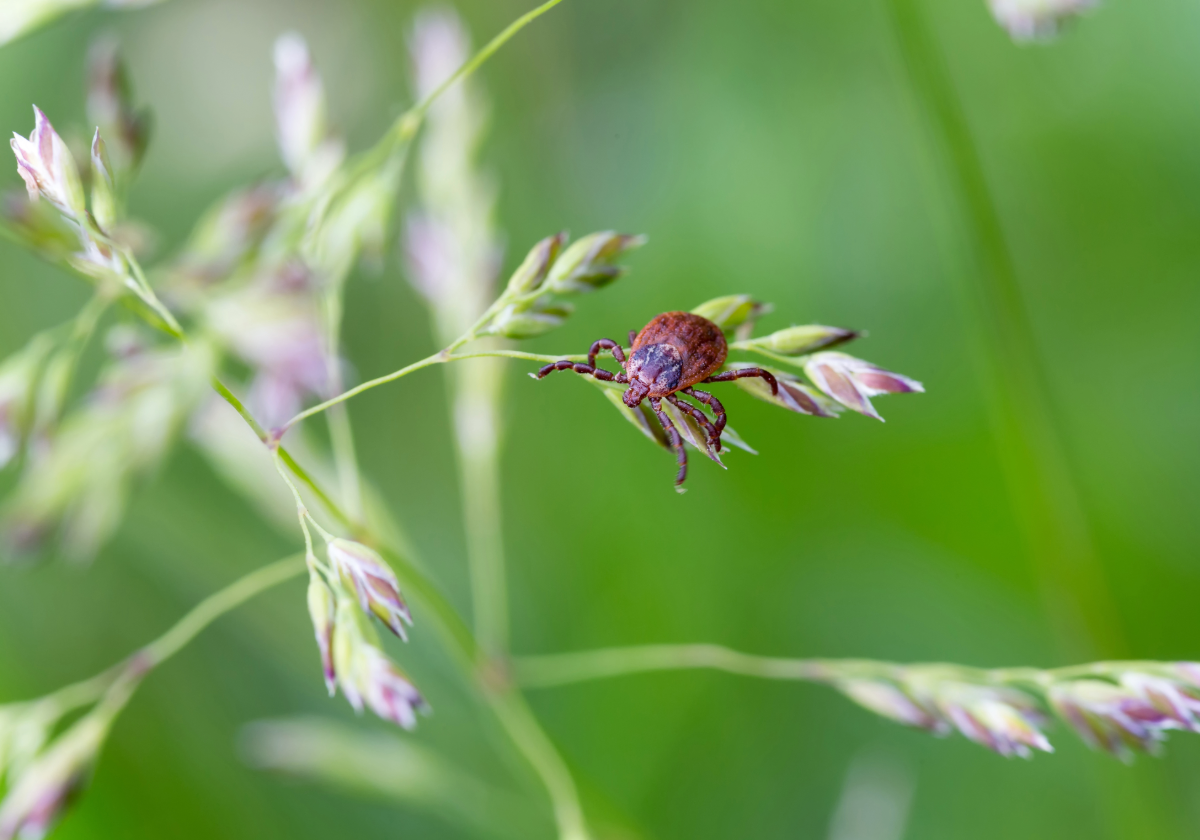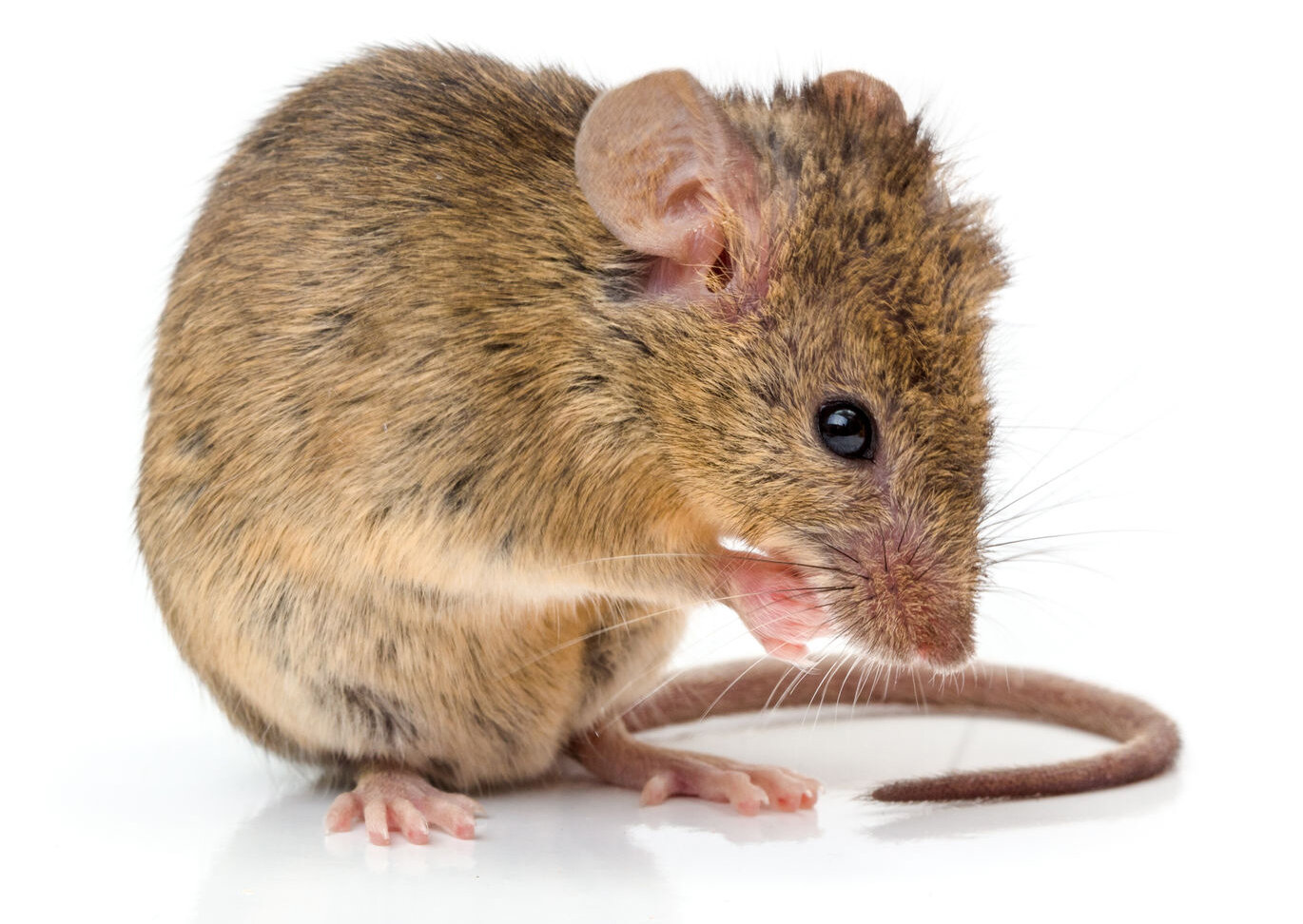Allergy and hypersensitivity terms and factors related to their occurrence are not only important for health-care and food service providers, but also to pest management professionals (PMPs). PMPs will often work in different residential and commercial accounts, as well as in different environmental habitats and conditions, where they may carry some allergens on their clothing, bodies, equipment or supplies. PMPs should become familiar with the different allergen types and sources to avoid introducing any allergens that might promote allergic reactions to individuals in the service areas and create liability issues.
In order to understand what an allergy is, first, let’s define it. An allergen is anything that can trigger the immune system of people or animals and cause allergic reactions – “the hypersensitive response of the immune system of an allergic individual to a substance.”
Where do allergies come from? Allergens are found everywhere, in sanitation, food, or medical products we use; however, allergens can be found in different sources including:
• Microorganisms (bacteria, viruses, and fungi [mold])
• Animal (cats – fur and dander; cockroach – feces, saliva, egg
cases and cast skins; dust mite – feces and chitin; bed bugs;
anticoagulant substances; and, wasp, fire ant and bee venoms)
• Chemicals (chlorine)
• Drugs (penicillin, sulfonamides, salicylates and local
anesthetics)
• Foods (milk, eggs, peanuts, tree nuts, wheat, soy, fish, and
shellfish)
• Plants (poison ivy, poison sumac or poison oak)
• Pollens and smokes
Allergic Reactions
The severity of allergic reactions ranges from mild to life
threatening, depending on the type of allergens, individual’s
sensitivity, level of exposure, and the route of entry. Type one
allergic reactions (immediate-type allergic reactions) are easy to
be detected since allergic reactions are occurring within a few
minutes to four hours. Whereas, in type two allergic reactions
(delayed-type allergic reactions) reaction symptoms are occurring
within more than four hours and up to few weeks after contacting
the allergens, making them hard to be detected and immediately
treated. People react differently to an allergen i.e., bed bugs
feed on warm-blooded animals, they secret anticoagulant substances
(allergens) while feeding to prevent blood from clotting. These
substances provoke allergic reactions such as reddish, irritated,
itchy skin marks for moderate sensitive individuals and
occasionally blisters and necrotic spots of the skin for severe
sensitive people; some people do not react to bed bug bites at all.
However, an extreme allergic reaction, called “anaphylaxis”, can
kill sensitive people within a few minutes. Annually in the United
States, “40-100 people die because of insect stings and over 400
people die from allergic reactions to penicillin.” The frequency
and duration of exposure to some allergens trigger the development
of allergy-related illnesses; i.e., frequent contact with cockroach
allergens (feces, saliva, egg cases and cast skins) trigger asthma
symptoms especially among children – “one in five children in the
United States is allergic to cockroach allergens.” Route of
allergic reactions can be through ingestion (milk, peanuts, soy,
etc), inhalation (pollen, perfume or cat dander), direct contact
with an allergy-causing plant (poison ivy) or insect stings and
bites.
A routine part of PMP jobs involve removing some allergens that can provoke allergic reactions to some people, such as eliminating stinging, and biting insects. However, PMPs may bring some allergens from previous service locations, or use products containing allergens during services (i.e. using peanut butter as rodent bait in a school where allergic kids are present). To avoid cross contamination from one account to another, PMPs should communicate with the pest management person in charge before the service is performed to understand the plant/location allergen policy, use allergy-free approved products, and ensure that there are no sensitive people in the service locations during or post treatment. Cleaning equipment, washing and changing clothing between services, as well as scheduling allergen-containing areas after allergen-free areas, help in managing allergen problems in sensitive accounts.




